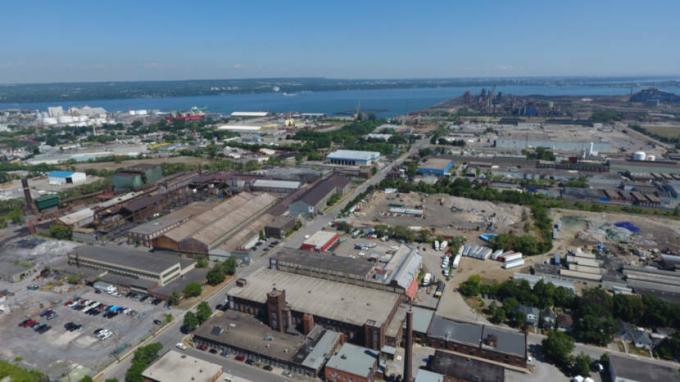neighborhoods they are compartmentalized areas, that make up a City or municipality, whose characteristics are associated with the process of formation of the place and the people who live there and who form a community. This geographical division was due to the need to facilitate not only the location but also the studies and research in certain areas, as many of these expand quickly.
Each neighborhood has its particularities, and these are especially associated with their occupation and the place in which they are located.
Have you noticed that the central regions of cities have generally common characteristics? Or have you noticed that the more peripheral regions are they similar in terms of their composition? That's right, this makes the existence of types of neighborhoods, organized according to the occupation of the communities.
In general, neighborhoods can consist of streets, houses, buildings, condominiums, industries, businesses, squares, malls, monuments, among others. They can also, depending on their location, represent the city in some aspects, such as financial, touristic, technological, among others.
Read too:The difference between city and municipality
Types of neighborhood
First it is necessary to say that there is no official classification to determine the types of neighborhoods. Neighborhoods are named according to their characteristics, their community, and the number of businesses, homes, industries, businesses and public offices.
They can also be classified according to the value of the properties in them. Therefore, the elements observed according to common sense is what makes us point out some types of neighborhoods, such as:
1) Residential neighborhoods

In residential neighborhoods, houses or condominiums exist in greater numbers.
Are those in which there are predominance of residences, which can be one-story houses, townhouses and even condominiums. In these places there is little presence of businesses. An identity is created in them, Because the population makes up a community that attends daily common places and has common needs.
The residential neighborhoods are spread across the city, and each one has its particularities. These may be more or less populous than others; larger or smaller in territorial extension than others; more or less wooded than others; closer or farther from the big cities than others, etc.
2) commercial districts

In commercial districts, there is a predominance of stores. [1]
They consist mainly of businesses. The streets in these neighborhoods are full of clothing stores, toys, construction materials, electronics, or establishments such as bakeries, butchers, fruit shops, beauty salons, among others.
Due to the existence of these businesses, the commercial districts tend to be quite busy. City centers tend to have many neighborhoods of this type, but they can be found in different regions. The commerce located in the city center it makes it easier for people from all other neighborhoods to travel to it without traveling long distances.
3) Industrial neighborhoods

The industrial districts are found in regions further away from the city.
They are those in which the industries and factories. Because they need larger areas and sometimes produce not only pollution as well as a lot of noise, these neighborhoods are found in the more peripheral regions of cities. Often, in its surroundings, there are neighborhoods inhabited by workers employed in the industries. Not every city has industrial districts.
Read too:Types of housing
In addition to these predominant elements in the neighborhood, we can classify it according to purchase price of the land and the properties that are part of them. Therefore, many people refer to neighborhoods as “middle class neighborhoods”, “upper class neighborhoods” or “low-income neighborhoods”. These classifications are, therefore, related to the economic power of its inhabitants.
Another classification refers specifically to the population. Although we are in a world globalized (where the migrations are constant as well as the mutability of people), many individuals value to remain or settle close to your culture.
There are neighborhoods that refer to the religion, which make reference to traditions, and which group groups ethnic. In Brazil it is possible to identify examples of these neighborhoods. A well-known one is the Liberty neighborhood, in São Paulo, considered the area with the highest Japanese concentration in the world outside Japan.
Curiosities
In Hong Kong, China, is the most populous neighborhood in the world: Mong Kok. Around 130 thousand people per square kilometer live in this neighborhood. In it, the main avenue is closed and used only for pedestrians, who take to the streets. Mong Kok is considered a dormitory neighborhood as rental prices are cheaper in the region.
The Peak in Hong Kong is considered the most luxurious neighborhood in the world. It is located on a mountain and is overvalued, with the price per square meter around $120,000.
In Rio de Janeiro, Brazil, there is one of the neighborhoods with the most expensive square meter in the country: Leblon. The average price is approximately R$21,012.
Know more:Conurbation, the process that unites two neighboring cities by their growth
[1] Image Credit: Diego Grandi / Shutterstock

